At the heart of ALLEGRO’s Physical Layer Digital Twin (PHY-DT) lies a robust Transmission Modelling framework—crucial for accurately predicting and optimizing the Quality of Transmission (QoT) across transparent WDM light-paths.
📡 The Challenge:
Modelling light propagation in optical fibers is complex due to nonlinear effects, signal distortion, and noise accumulation. However, by leveraging dual-polarization (DP) coherent optical technologies, we simplify this problem significantly—enabling reliable abstraction of light-paths as Additive White Gaussian Noise (AWGN) channels.
⚙️ Our Approach:
- Each light-path (LP) is modeled by aggregating key noise contributors:
- ASE Noise from optical amplifiers
- Nonlinear Interference (NLI) from fiber propagation
- Crosstalk (XT) from ROADMs
- Transmitter/Receiver Noise
- All these are represented as Gaussian disturbances on the equalized signal, simplifying the QoT analysis to a single metric: Generalized Signal-to-Noise Ratio (GSNR).
📉 But it doesn’t stop there:
We also account for additional QoT impairments:
- Filtering Penalties (FP) from ROADMs
- Polarization Dependent Loss (PDL) from amplifiers and ROADMs
- Polarization Mode Dispersion (PMD) from fiber spans
- Component uncertainties like connector loss & gain ripple
The result? A more accurate, real-world transmission model that supports:
✅ Light-path design
✅ QoT estimation
✅ Network optimization
✅ Fault prediction and proactive rerouting
This level of detail enables the ALLEGRO platform to make smarter, faster, and more reliable decisions in real-time network environments.
#ALLEGROProject #TransmissionModelling #OpticalNetworks #GSNR #QoTEstimation #AWGN #FiberOptics #CoherentOptics #DigitalTwin #TelecomInnovation #ROADM #NLI #SmartNetworking #WDM #HorizonEurope

